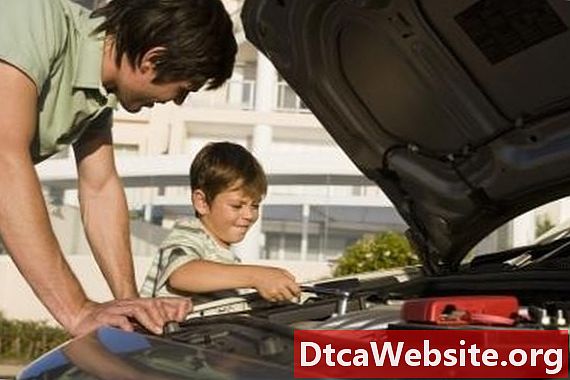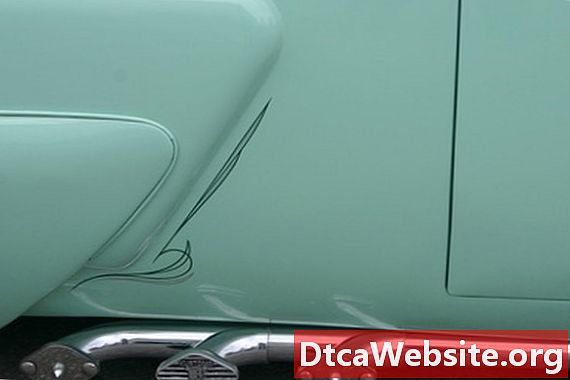
Contenu
What is a Split Torque Transmission?
A split torque transmission is a form of automatic motor vehicle transmission which is able to power to two separate places at once, and even control how much power is sent to each output source. Such transmissions were first invented for use in helicopters, to control both main and tail rotors at once. However theyve become popular with all-wheel drive vehicles as well. New models incorporate an onboard computer that senses how much power is needed in each drive axle to maintain maximum traction and adjusts the power distribution to compensate.
Structure
The layout of a split torque transmission has a few key differences from a normal automatic transmission. Where a normal transmission has a single set of planetary gears connecting to the engine by way of the flywheel, a split torque transmission has two such gear sets sitting side by side. There are a series of clutches sitting between the flywheel and each of the gear sets. These clutches are controlled automatically by a series of valves which open and close in relation to the position of a self-orienting electromagnetic solenoid. Two crankshafts emerge from the transmission, one for each gear set. Each is connected to a different drive axle, meaning one powers the front tires, and the other powers the rear tires of a vehicle.
How Does a Split Torque Transmission Work?
Starting out in first gear, the engine will power equally to both planetary gear sets. As oil pressure and engine performance increases, the valve bodies controlling the clutches and brakes attached at key points on the planetary gear set will engage, causing the planetary gear set configurations to change, bringing the vehicle into second gear. The same process repeats whenever a gear change occurs. On flat terrain while the vehicle is moving straight, the flywheel is ing equal amounts of power to both gear sets, and thus equal amounts of power are reaching all the tires. When the car tilts, either as a result of a hard turn, or going up and down an incline in the road, the electromagnetic solenoid changes orientation to stay upright. Because its now seated differently in its housing, this s a signal to the valves connected to the clutches on the flywheel. Depending on the solenoids position, some valves open while others close. This causes some clutches to engage while others to release, changing the distribution of power going from the flywheel to the gear sets.


